Dear friend ,
Every March 14, competitions in reciting the decimal number of PI are organized around the world. The number PI, or Ludolph's number, denotes the ratio of the circumference of a circle to its diameter, however, it has an infinite number of decimals, and scientists have so far calculated several trillion decimals of that number. That number represents the Universe because in its decimals everyone can be found. We find our date of birth, personal identification number, registration number in the PI number, and Albert Einstein was born on his day. Pi is calculated to more than a billion digits after the decimal point. Although only a few digits are needed for typical calculations, Pi is an endlessly fun challenge to remember, as well as to calculate more and more digits.
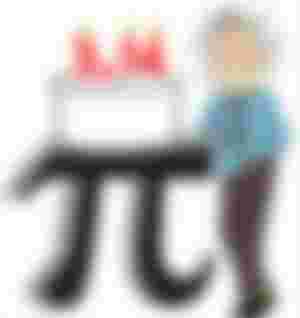
History of the number π
Recently, after it was first noticed that the circumference of the circle was about three times larger than its diameter (3500 BC), the wheels came into everyday use. Although this value was in use before him, Archimedes was the first to give a mathematically strict interval for the number π, which is between 223/71 and 22/7. This is why this value is also called ‘Archimedes value’ or ‘Archimedes constant’. Another name for the number π is ‘Ludolf’s number’.
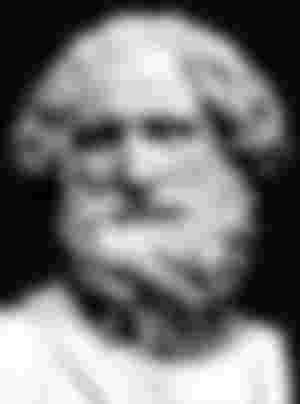
The number π was introduced in 1706 when William Jones gave it its name, probably because of the first letter of the Greek word periphery. Leonard Euler used π in 1736 in the textbook ‘Mechanics’ and since then this designation has been officially used.
Johan Dase, also known by the pseudonym Zahar Dase, in 1844, at the request of the Hamburg Academy of Sciences and on Gauss's recommendation, manually calculated 200 decimals of the number π in less than two months!
At the time, such an endeavor was unthinkable, since there were no computers today that could calculate billions of decimals of the number π, and it caused a real stir in the mathematical world. Arthur Clark, who did not believe that this could be calculated manually, said: "Although I have seen quite convincing reports of other incredible feats of computation, I think this is completely incredible"!

Another mathematician, William Shanks, spent as many as 15 years calculating the number π and calculated a total of 707 decimals of this number (which means that he calculated one digit per week)! He died as a happy man, thinking that he had made a huge contribution to mathematics. Unfortunately for him, after his death, D.F. Ferguson calculated π in computer and noticed that Shanks made a mistake on the 528th decimal, which made all the decimals after this one wrong!
A PI prime number is a number that contains the same digits and in the same order as the number π, and is also a prime number, which means that only two numbers can divide it, itself and the number 1. The largest such number was found by Mark Gensoni it contains 38 decimal places π and reads: '31 415 926 535 897 932 314 626 433 832 795 028 441 ′
π Culture
There is a whole field of humorous, but also serious study of easier memory of digits of the number π and it is called PYPHILOLOGY.
Petr Bekman said in 1976 in his History of the Number π: The digits of the number π after the first few decimal places have no application or any scientific value. The first four places are enough to make the finest machines, and ten decimals is enough to get the circumference of the Earth with a deviation of one inch, if it is assumed that the Earth is a smooth ball!
The five most important symbols of mathematics are 1, 0, π, e and i. The formula that connects these five values is:

Some people believe that this compact formula is a sure proof of the existence of God. Even scientists E. Kazner and J. Newman in his work "Mathematics and Imagination" said about this formula: "We can only consider the formula and constantly examine its possibilities. The call equally attracts mystics, scientists, mathematicians ”.
INTERNATIONAL NUMBER DAY π - March 14
π≈3,14159265358979323846264338327950288419716 ...
As part of the celebration of the International Day of the Number π ("pi"), the older students of our school prepared an interesting mathematical performance.
The numeric value of the number π rounded to 64 decimal places reads:
π ≈ 3.14159 26535 89793 23846 26433 83279 50288 41971 69399 37510 58209 74944 5923



Source Historical entertainer, images downloaded from google
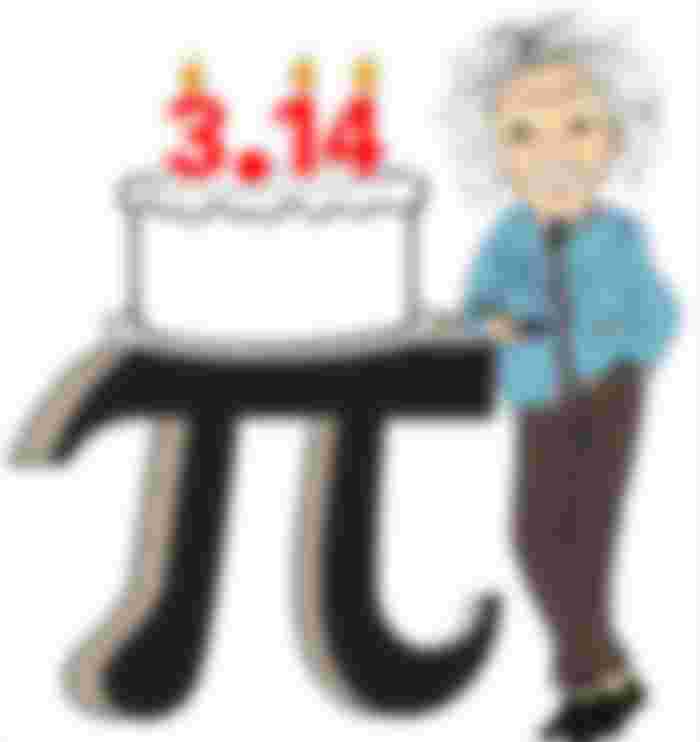



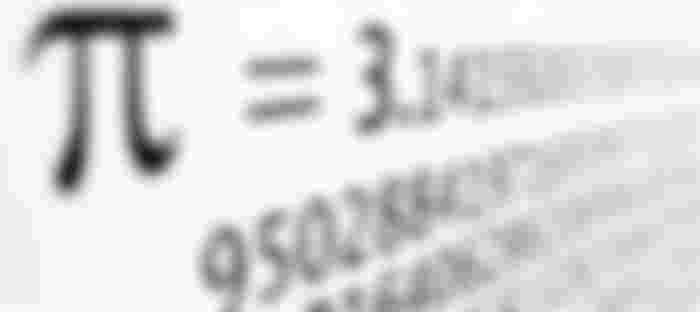
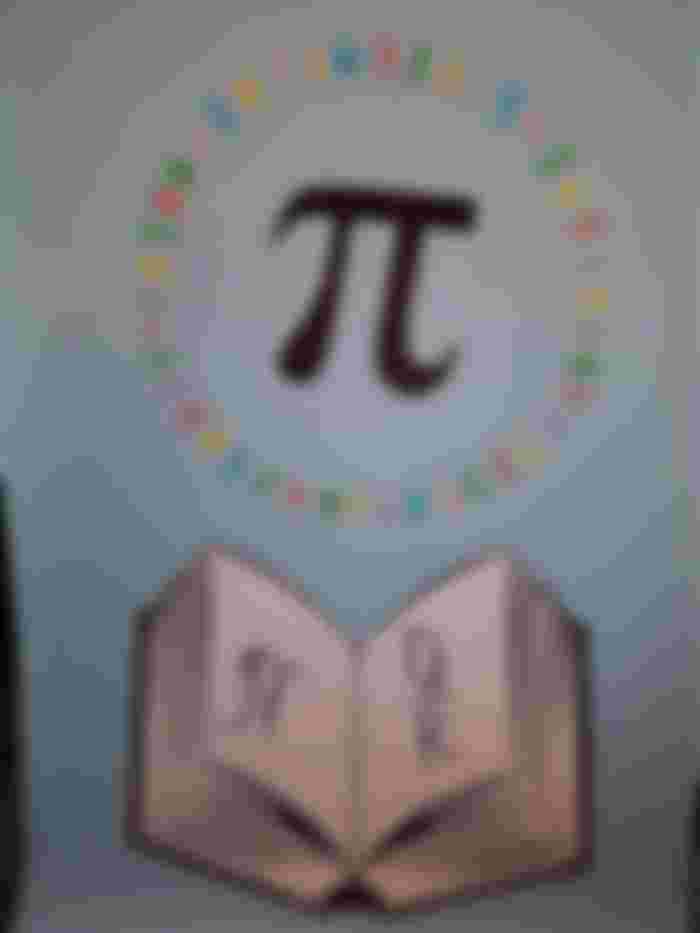

Your article and your contribution about this important issue are very interesting. the truth considered that people should know more about such interesting curiosities.
I find the formula fascinating and I really didn't know.
Thank you for your contribution and the selection of this article to be published in my report of the best articles of the day.
This as a contribution to the authors that he considered should be known and better valued.
I also leave you my little contribution, which is thanks to the contributions of the tips of other users who sponsor my reports.